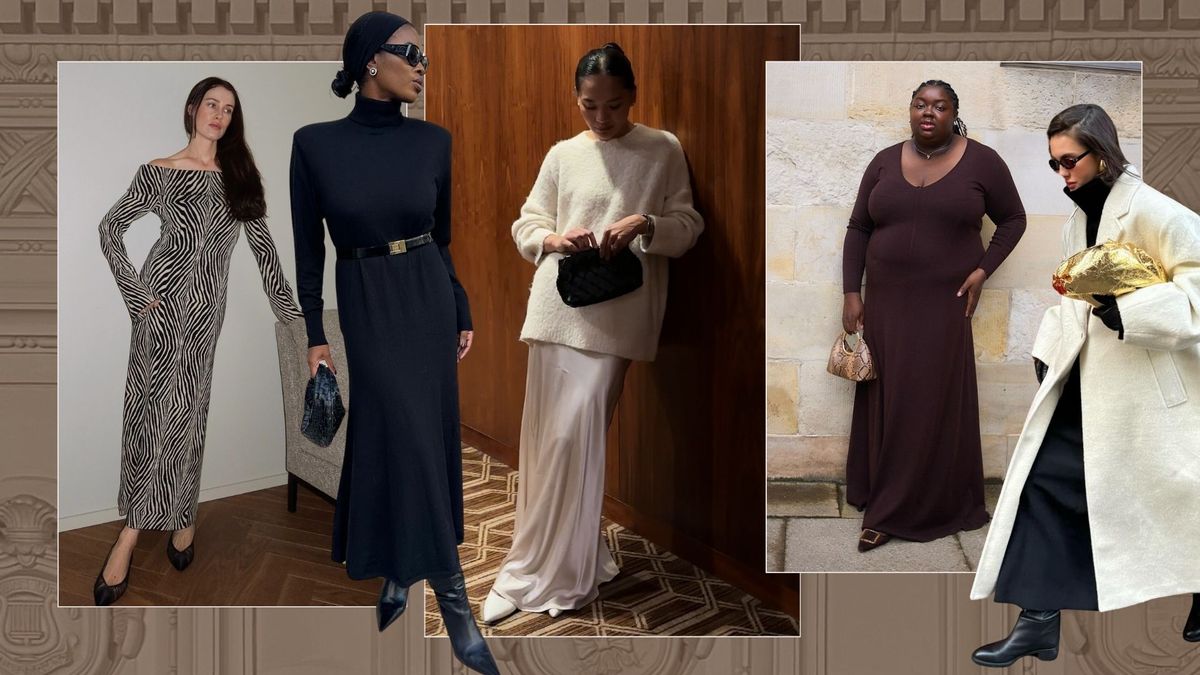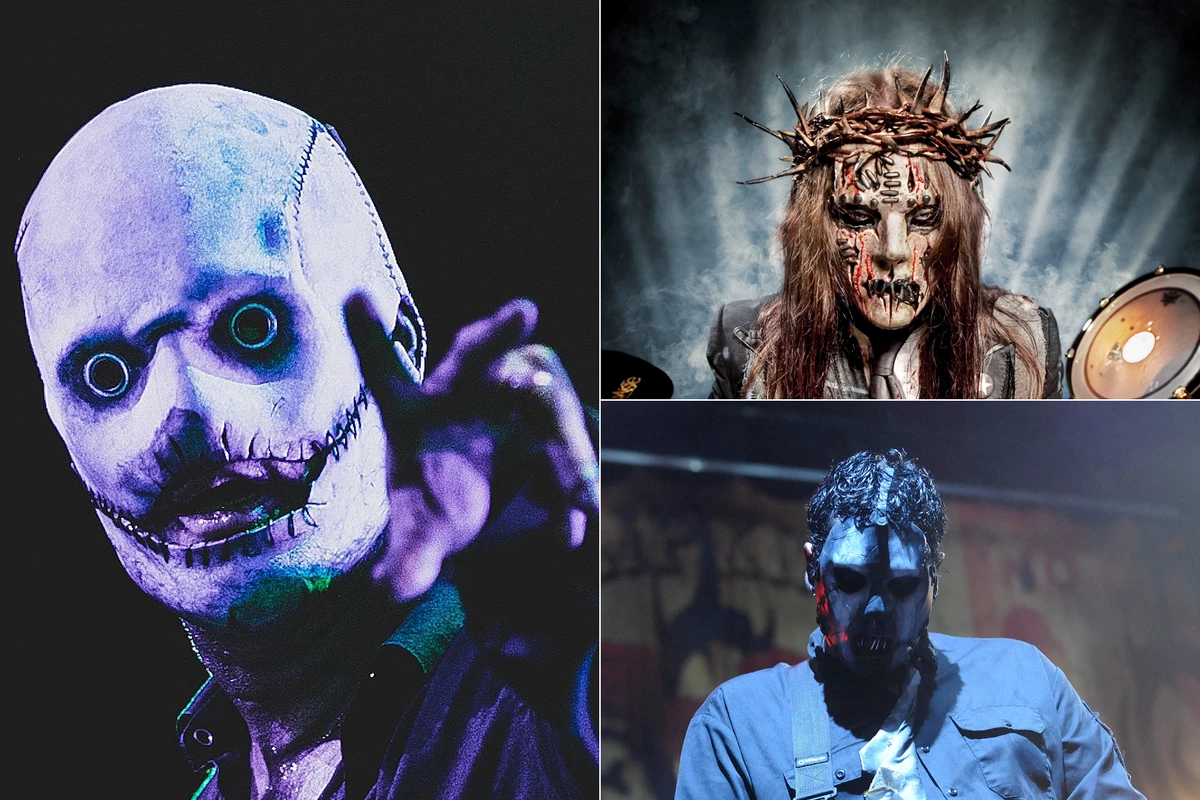Netflix’s Castlevania animated series helped break barriers for not only its medium, but also the longstanding stigma that video game adaptations were doomed to fail. Castlevania gracefully bowed out after telling a complete story over the course of four seasons. However, it was revealed that the franchise would continue, albeit with new Castlevania series within the same universe, almost in a style that’s akin to JoJo’s Bizarre Adventure.
Castlevania: Nocturne is the first of these new Castlevania series and it follows Richter Belmont, Maria Renard, and a team of intrepid monster hunters in an apocalyptic struggle that’s set against the French Revolution. Castlevania: Nocturne builds upon its predecessor’s strong foundation and finds a careful balance that will appease both fans of the original and newcomers alike. You can read my full review of the debut season here.
To celebrate Castlevania: Nocturne‘s release, co-showrunner Kevin Kolde and directors Sam and Adam Deats get candid on the horror series’ production and setting it apart from its predecessor, the inspirations behind the season’s unique monsters, and where the Castlevania animated universe is heading next.
This interview contains SPOILERS for ‘Castlevania: Nocturne.’
Bloody Disgusting: The Castlevania games have such rich lore that covers so many different characters and places. How did you decide on Richter, Maria, this world, and its inspiration for Nocturne? Did you always know that this would be the next chapter in the franchise?
Kevin Kolde: We had loosely discussed Richter as the next character that we would focus on, going back to the original series. When we talked about the possibility of other series, expanding the universe, and continuing with another Castlevania, it was Richter who seemed to be a favorite among everybody.
Sam Deats: We were of course big fans of the games and bounced around ideas, but it seemed like Richter made the most sense and had the most potential for what we could do in this time period. Focusing on this character in Castlevania’s history ultimately opened up a lot of doors for us.
BD: I love that this show is really a revolution story at the end of the day, albeit on such a grandiose scale. Why did that feel like the right angle for Nocturne?
Kolde: When we started to look at the story that we wanted to tell with Richter, the first thing that we gravitated towards was the time period. It made sense to look at what was going on in Richter’s story and then drawing parallels to the real world at the time of the French Revolution. From a storytelling standpoint it just seemed like there were a lot of opportunities there to tell a story that’s authentic to the French Revolution and then combine all of that with vampires and other lore. We spent a lot of time really trying to get the balance right between the history and the fantasy.
BD: One of my favorite elements of the show is Edouard, the opera singer, and how his music is used throughout the season. How did this unique character come together?
Kolde: I’ll speak for Clive Bradley, my showrunning partner. Edouard is a character who Clive and the writing team created. So much of that element of who Edouard is as a character and the musical element came from Clive. Speaking for myself, I don’t think I was familiar with any of those opera pieces that Edouard sings in the show. That was something that came from Clive and his team. We were so lucky to get Sydney James Harcourt, which allowed the role to evolve and expand even further. Sydney is such a wonderful actor, but also such an amazing singer, that when we started to get into recording those songs and see how they worked together he gave us so much more to work with.
Sam Deats: One of the things that I love about this element about Edouard is that it allows us to further incorporate music into the series. Music is such an important part of the Castlevania series even going all the way back to the NES game tracks. In some of the later games, like Symphony of the Night, there are more tracks that resemble classical music, like what we’re doing here. So this type of music is more at home in Castlevania than one would think. It still feels like Castlevania.
BD: The original Castlevania looked gorgeous, but Nocturne truly goes above and beyond with its visuals. These visuals also carry over into really complex and compelling battle choreography. Can you elaborate on building and perfecting that?
Sam Deats: Whenever I get the chance to go nuts with the action in these episodes we call it “The Sam Deats Special” and there’s a lot of that here. These scripts gave me a lot of room to have fun and some of my favorite moments are in these episodes. It all comes down to exploring the abilities of the characters, their powers, and how that clashes against whatever it is they’re fighting. I really enjoy trying to find new things for the audience to see. I don’t always want to fall back on the same handful of abilities again and again. I try to have the characters look for unique solutions to their problems so it stays fresh for the viewer and for us, as creators. That was something in particular that was important to us when we were crafting Nocturne and building the ability-set for Richter and Maria. That was really exciting to me. Richter has the classic Belmont weapons and abilities, but he also has access to magic in this uniquely raw form. It’s more about enhancing himself and his weapons.
Adam Deats: The fight scenes are also when we get to be the most purely Castlevania in the show when it comes to designs. It’s a time where we can do a lot of referential stuff to the games and it feels really at home. There’s that skull attack from Symphony of the Night that’s in the first episode.
BD: There are such creative designs for the show’s many night creatures that almost feel like they have a Guillermo del Toro influence. How did you figure out the look for Nocturne’s monsters and what were the inspirations there?
Kolde: When we first started talking about Castlevania’s night creatures and how they’d be different than what was previously seen in the series, we were looking through a lot of Ayami Kojima’s art, whether it was her artbooks, creature designs, or vampire designs. Her work features all of these elements of humanity that we wanted to make sure were prominent in Nocturne.
Sam Deats: Some of the night creature designs from this season are also inspired by the story direction. These night creatures are being created in a different manner than what we’ve seen in the past. They’re coming from a special source and, as a result, we wanted to reflect that in these creatures’ appearances. The human element was very important there and we wanted to make sure that it was still present.
Adam Deats: We still tried to incorporate some of the classic Castlevania monsters here and there, when possible. It just doesn’t feel like Castlevania without them, you know? So those original monster elements are still there, too.
BD: Richter and Maria have an energy that’s very comparable to what was present with Trevor and Sypha. Was that intentional and did you consider doing something completely different with this show’s main characters?
Sam Deats: Honestly, so much of that dynamic is the natural result of what’s present with Richter and Maria in the Castlevania games. There’s this brotherly and sisterly dynamic between them that really shines through. That just felt like the natural direction for their relationship.
BD: What kind of arc have you mapped out for the series and did you know that you’d always be building to Alucard’s return?
Kolde: Yeah, Alucard’s return was always planned for this part in the story arc at the end of the season. We wrote everything else around that.
Sam Deats: As a Castlevania fan, I’m really excited to explore Richter and Maria’s relationship with Alucard on a more expanded level than what’s been previously seen. I’m excited to see them get to know each other and work together. We really wanted these new characters to shine, but there’s still plenty of new things to come for Alucard.
Kolde: We’re always looking at the broader Castlevania universe when it comes to where we should expand and evolve. Nocturne has felt like an evolution and expansion of what we did in the original series. We never want to be in a position of just doing the same thing over again. The lore goes on for so long and there are so many great characters, stories, and branches that we can explore. We’re always having those discussions.
Castlevania: Nocturne and Castlevania are available to stream on Netflix.



















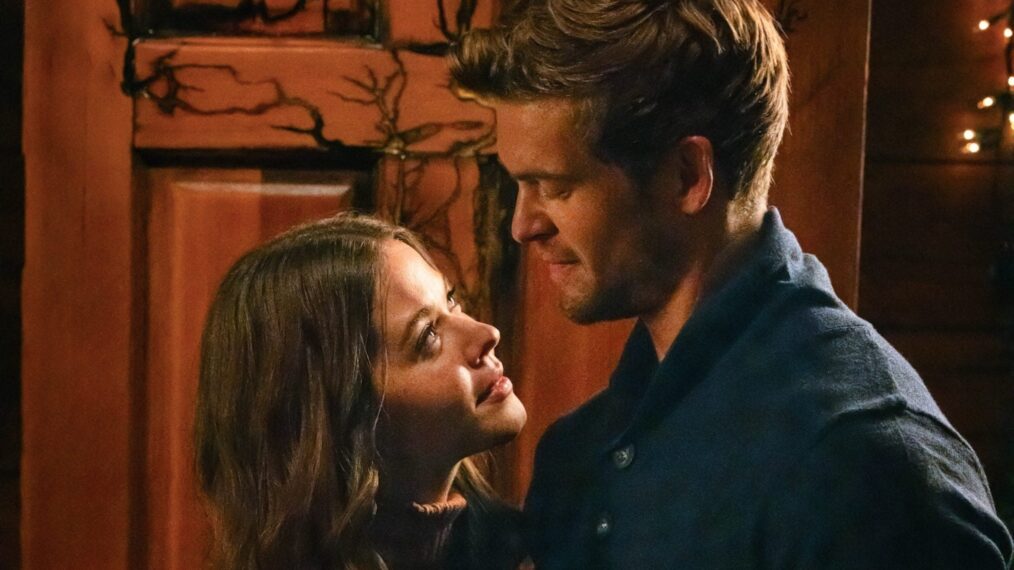

















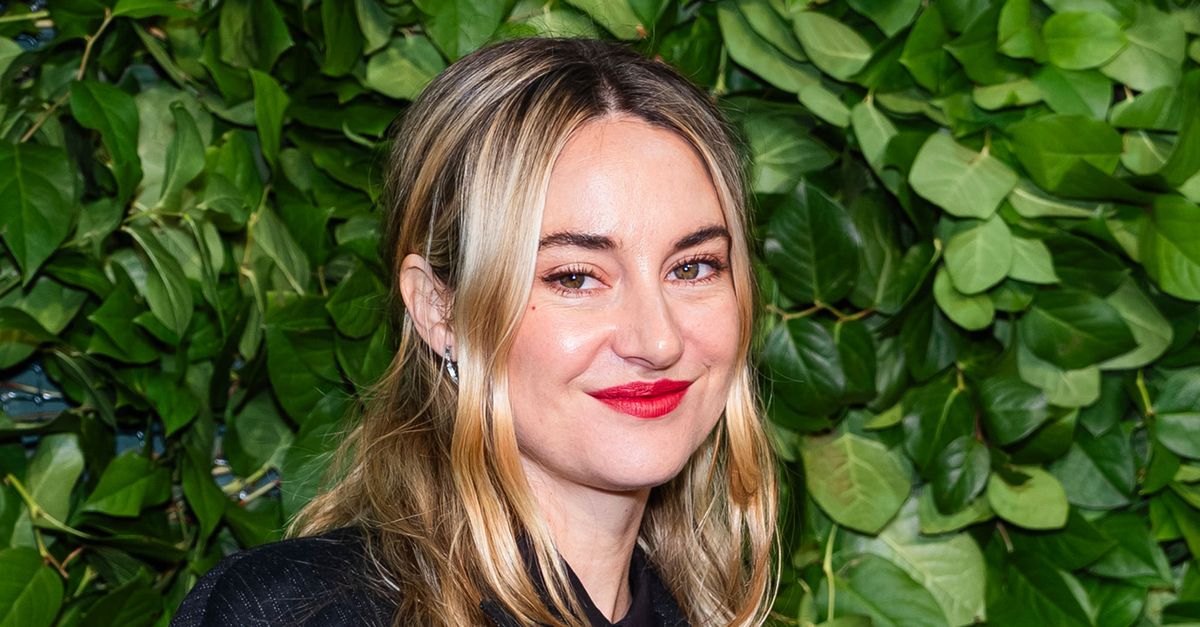

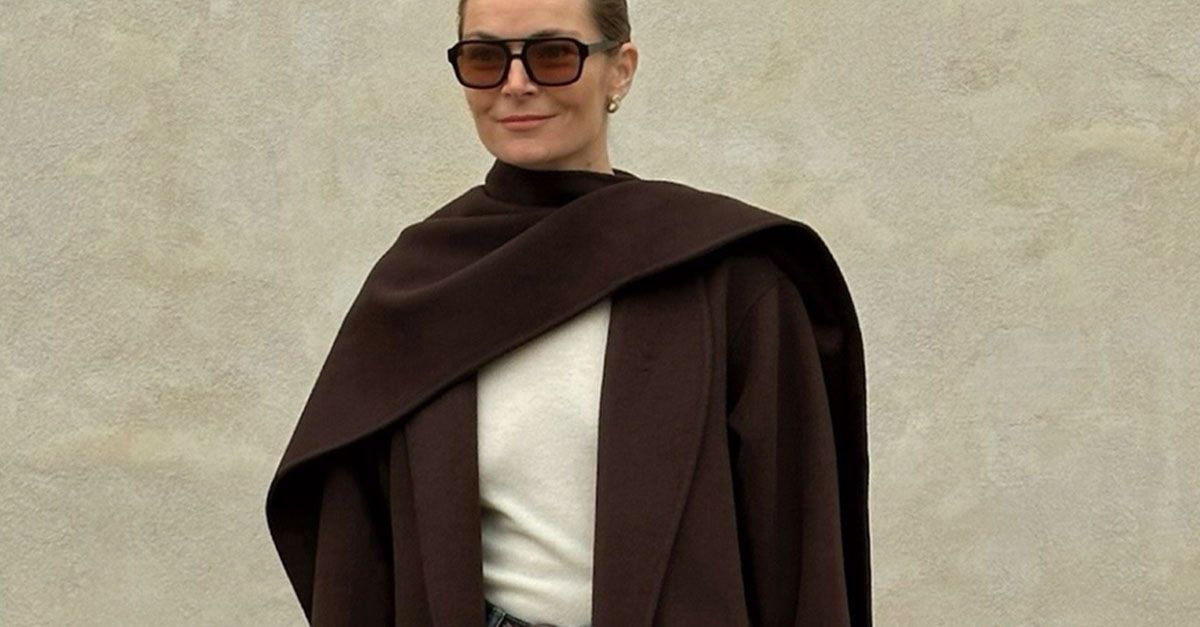






























:quality(85):upscale()/2023/09/29/618/n/1922564/db3362756516d649022b96.27150611_.jpg)




